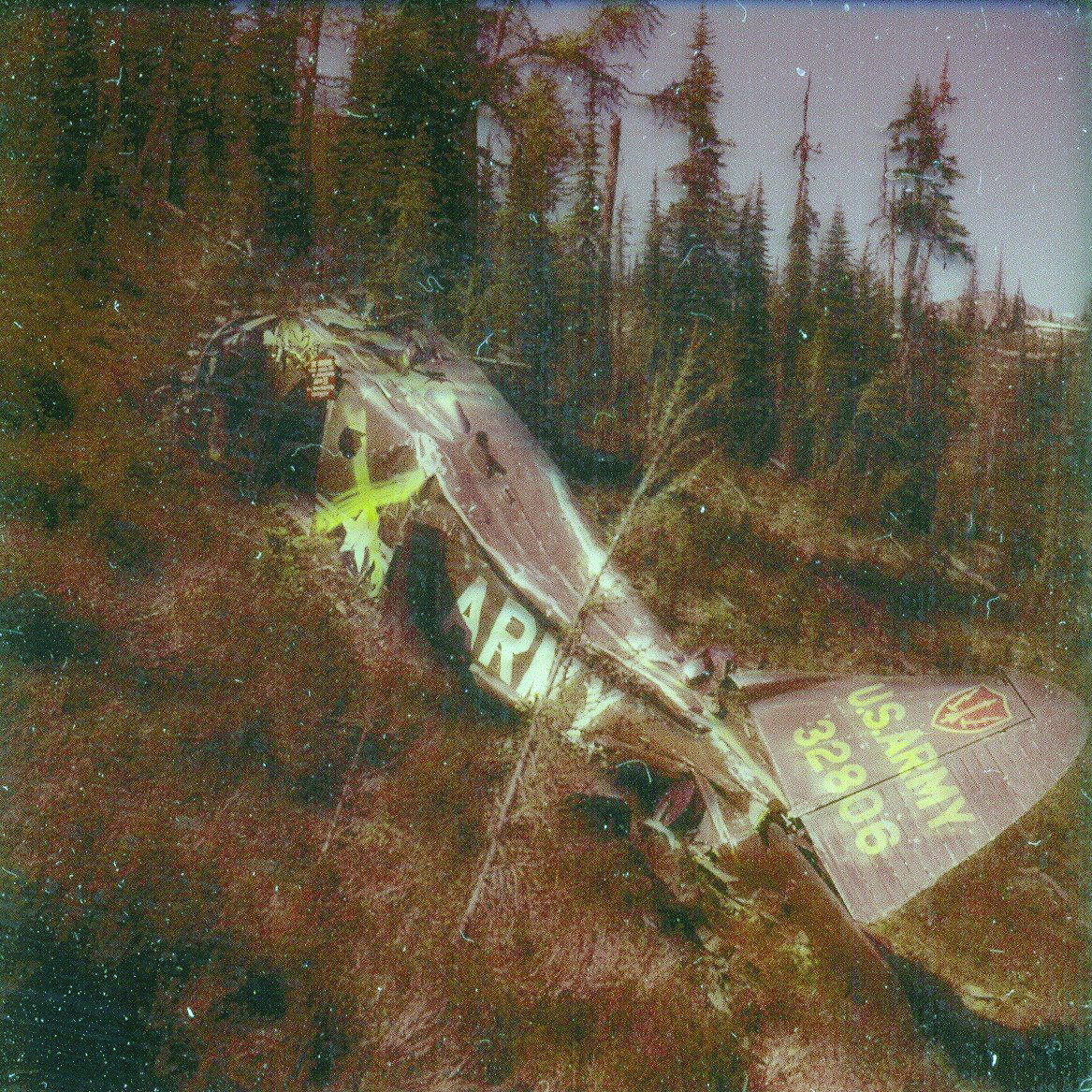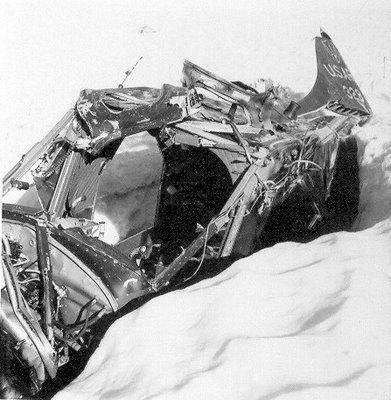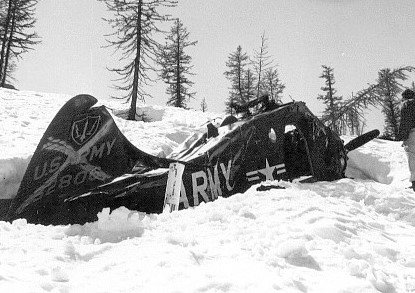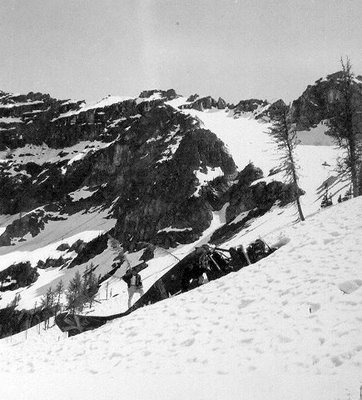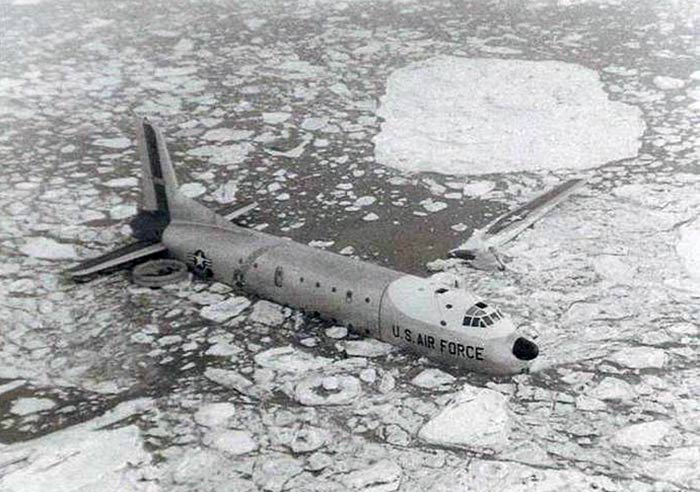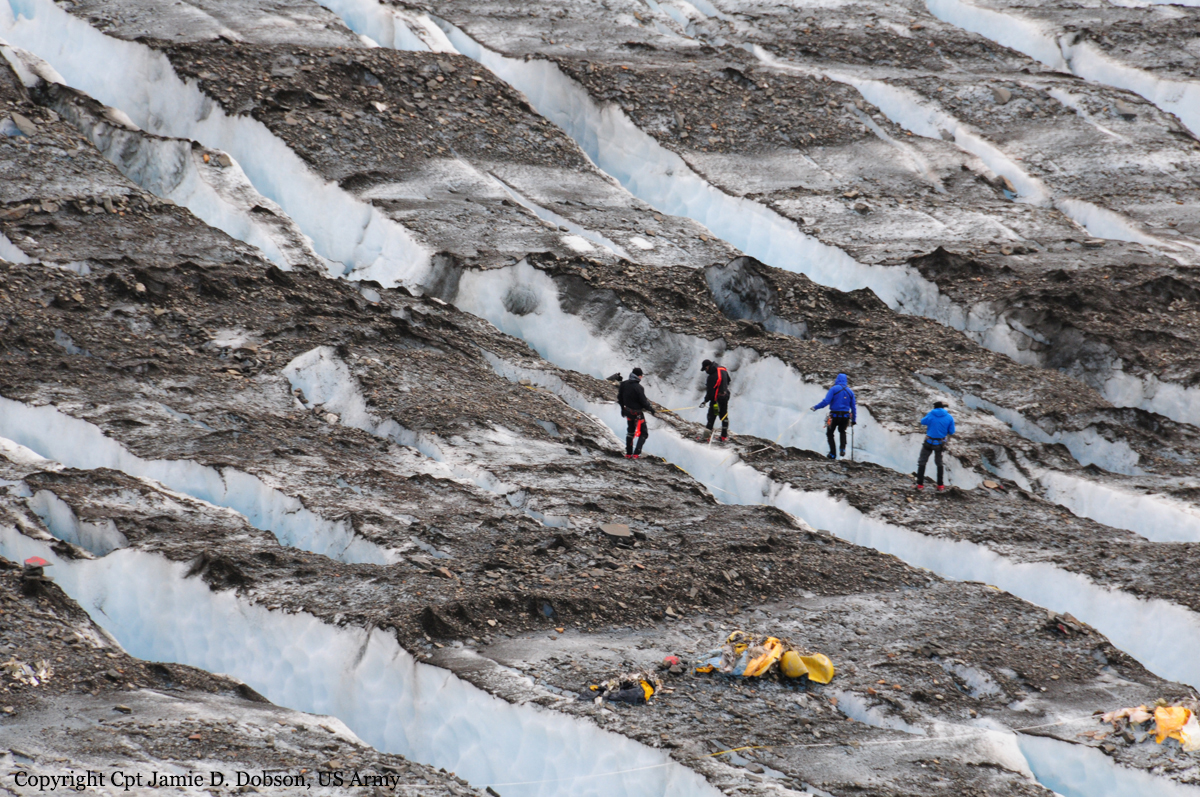Crash of a Douglas C-124A-DL Globemaster II at McChord AFB: 18 killed
Date & Time:
May 24, 1961 at 0222 LT
Registration:
51-0174
Survivors:
Yes
Schedule:
McChord - Lawton
MSN:
43508
Crew on board:
6
Crew fatalities:
Pax on board:
16
Pax fatalities:
Other fatalities:
Total fatalities:
18
Circumstances:
The four engine aircraft christened 'Old Shakey' was involved in a flight from McChord AFB to Lawton, Oklahoma, carrying a truck, several jeeps, two trailers and soldiers from Fort Sill who had been taking part in Exercise Lava Plains at the Yakima Firing Center. After a night takeoff, while climbing to a height of 500 feet, the airplane went out of control and crashed in flames in a wooded area located two miles south of the airport. 18 people were killed while four others were injured. The aircraft was totally destroyed.
Crew:
Cpt Warren J. Fair, pilot, †
Cpt Alvin W. Hill, copilot, †
Sgt Robert Wayne Cummins, †
M/Sgt Arnold R. Neldens, †
M/Sgt Raymond E. Overby, †
S/Sgt Ernest T. Landrum,
A2c James M. Smallwood. †
Passengers:
Pvt James Aldrich,
M/Sgt Llewellyn Morris Chilson,
P1c Jimmie R. Hunter,
P1c C. L. Buchanan, †
P1c T. E. Pulliam, †
P1c D. F. Radcliff, †
P1c D. J. Smith, †
P1c O. M. Wellings, †
P1c David Hoskins, †
P1c R. R. Kubik, †
S4c W. M. Gordon, †
S4c W. T. Kelly, †
S4c Joseph Lee, †
Sgt A. G. Neria, †
Sgt Lawrence Harrison. †
Crew:
Cpt Warren J. Fair, pilot, †
Cpt Alvin W. Hill, copilot, †
Sgt Robert Wayne Cummins, †
M/Sgt Arnold R. Neldens, †
M/Sgt Raymond E. Overby, †
S/Sgt Ernest T. Landrum,
A2c James M. Smallwood. †
Passengers:
Pvt James Aldrich,
M/Sgt Llewellyn Morris Chilson,
P1c Jimmie R. Hunter,
P1c C. L. Buchanan, †
P1c T. E. Pulliam, †
P1c D. F. Radcliff, †
P1c D. J. Smith, †
P1c O. M. Wellings, †
P1c David Hoskins, †
P1c R. R. Kubik, †
S4c W. M. Gordon, †
S4c W. T. Kelly, †
S4c Joseph Lee, †
Sgt A. G. Neria, †
Sgt Lawrence Harrison. †
Probable cause:
It was determined the accident was probably caused by a ruptured fuel line resulting in engine failure during takeoff. It was also confirmed that the total weight of the aircraft was below the MTOW at the time of the accident.


